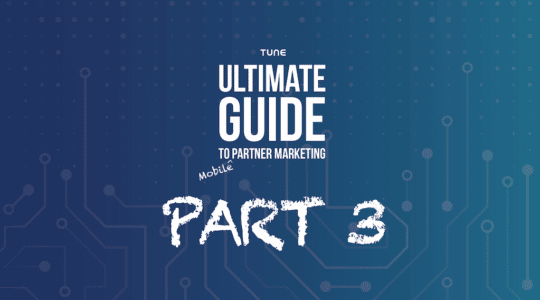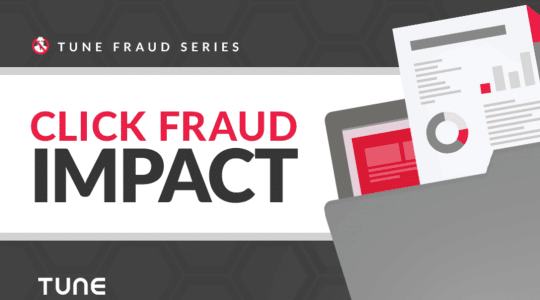Once game developers decide to enter the world of freemium games, they also tacitly (and sometimes unknowingly) enter the world of user acquisition. This brings a shift of perspective in the developer’s world: game design is not only a way to define the game’s genre and identity anymore, but it also drives monetization through its impact on player engagement. This also brings the thrill of the chase, the game becoming, like Herman Melville’s excellent novel, a continuous search for Moby Dick, the great white whale, or, less symbolically, the unrestrained big spender.
Sounds like a cheesy metaphor? It is. But it is also here for a reason – to make it stick in the minds of all the freemium game developers out there. Because every time they set out on the monetization quest, they’re under the impression that the sea is bursting full of fat fish, which are a mediocre and easily impressed species. But the truth is that players, whether they are soccer moms, hardcore teenagers or the oh-so-sexy emerging mid-core breed, have an acquired taste for what they truly enjoy. They also fit extreme personality profiles. The picture of the average male video game player who still lives with his parents crumbles. In fact, the definition of a player has become so relative that many times developers will simply stick to building games from their own perspective as a quick fix for this identity dilemma.
At GameAnalytics, we track over 150 million players across 5000 games. Our preliminary analysis of players confirms this diversity in behavioral patterns and also reflects the industry standard in spending trends: In freemium games less than 5% of the players generate all of the games’ revenue. And 1% of the players actually account for 90% of this revenue.
It then becomes apparent that putting all of the acquired players in the same analytical melting pot is meaningless. Since revenues are concentrated in that special 1%, averaging monetization metrics across all players generally underestimates their real value. The only way to optimize revenue for your freemium games is to segment users according to their monetization behavior, analyze them in this isolated setting and then take decisions accordingly.
The free GameAnalytics tool is completely aware of this, allowing you to segment your players based on their spending history and, through the MobileAppTracking partnership, also based on their acquisition source, campaign and other acquisition parameters. All of which will improve your logical player model so you spend less time on classifying future players.
One more thing before you set out on this monetary voyage. Since we concluded that whales are rare and the wealth of the fish out there is rather small and uninteresting, try not to fall into the trap of ignoring your non-paying users. After all, they represent the bulk of your game interactions and provide just as useful behavioral data. They could provide great insights into the amount of effort necessary for pushing more conversions. Moreover, just being part of the scenery is good. Imagine playing World of Warcraft without the millions of players running around throughout the universe. Non-paying users usually confer dynamism to your game world, consolidate engagement and increase the lifespan of any game. Happy sailing!
GameAnalytics is an integrated partner of MobileAppTracking. Read more about this integration here.
Author
Becky is the Senior Content Marketing Manager at TUNE. Before TUNE, she led a variety of marketing and communications projects at San Francisco startups. Becky received her bachelor's degree in English from Wake Forest University. After living nearly a decade in San Francisco and Seattle, she has returned to her home of Charleston, SC, where you can find her enjoying the sun and salt water with her family.




Leave a Reply
You must be logged in to post a comment.